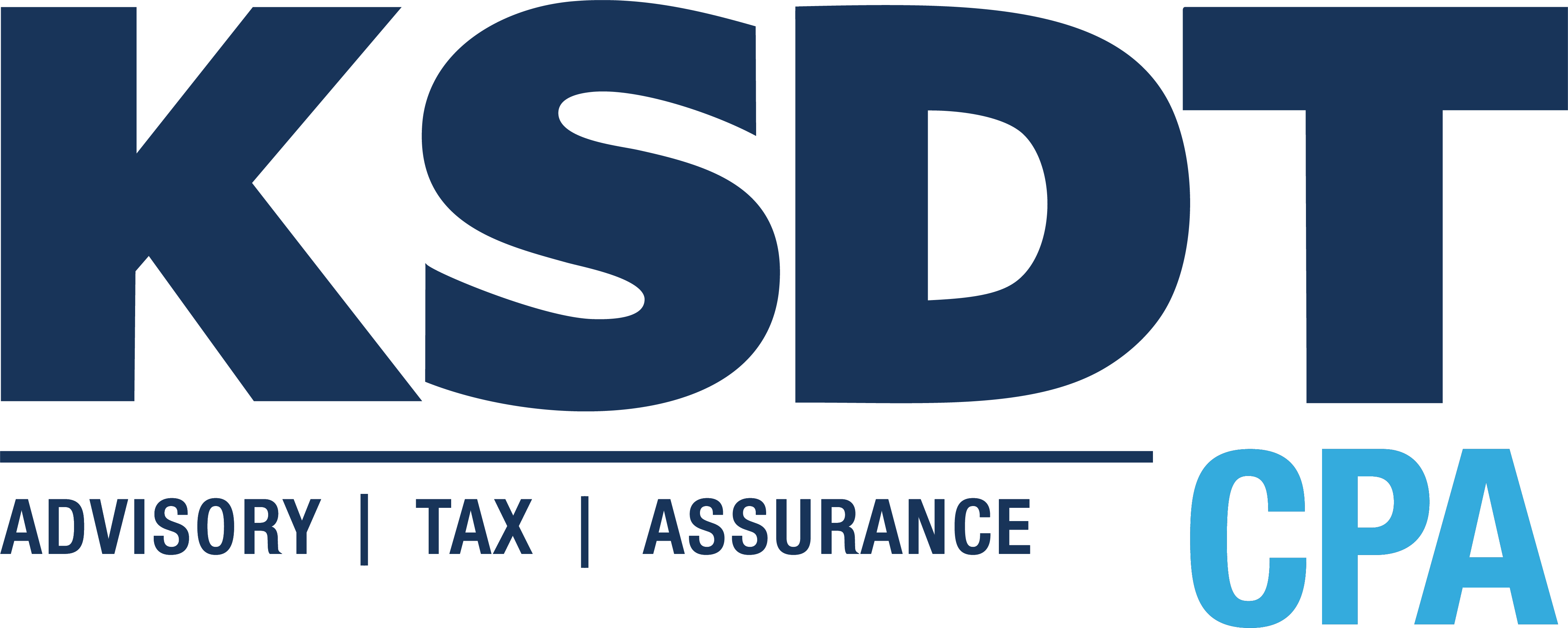In early August of this year, the IRS released additional guidance on the Employee Retention Credit. For 2021, the credit was expanded to allow businesses to receive a credit of up to $7,000 per employee per quarter if their operations were fully or partially shut down by government order or if they had a significant decline in gross receipts.
One of the biggest surprises and disappointments to come out of the guidance was the IRS conclusion that wages paid to majority owners and spouses do not qualify for the credit in most cases. How IRS arrived at this conclusion is a rather complex and confusing path that uses family attribution rules that view an entity as controlled by an owner’s family. Many tax professionals are split on whether the IRS has sufficient evidence to make this claim, so this is one that might see some court cases in the future.
The guidance also clarifies that employers are not required to use the alternative quarter election consistently from quarter to quarter. In 2021, this election allows employers to compare their gross receipts for the prior quarter, rather than the current quarter, to the corresponding calendar quarter in 2019. For example, an employer could elect to be a Q2 2021 eligible employer if its Q2 2021 gross receipts are less than 80 percent of its Q2 2019 gross receipts and could then make an alternative quarter election in Q3 2021, again relying on the gross receipts decline in Q2 2021.
Lawmakers are also considering ending the Employee Retention Credit early to move unused COVID relief funds to the infrastructure bill that the House will be voting on.
The ERC is a lucrative cash windfall for employers that do qualify. Don’t let complexity get in the way of claiming the credit if you are eligible. Give us a call so we can help you reduce your taxes with the ERC and any other credit you may be eligible for.

